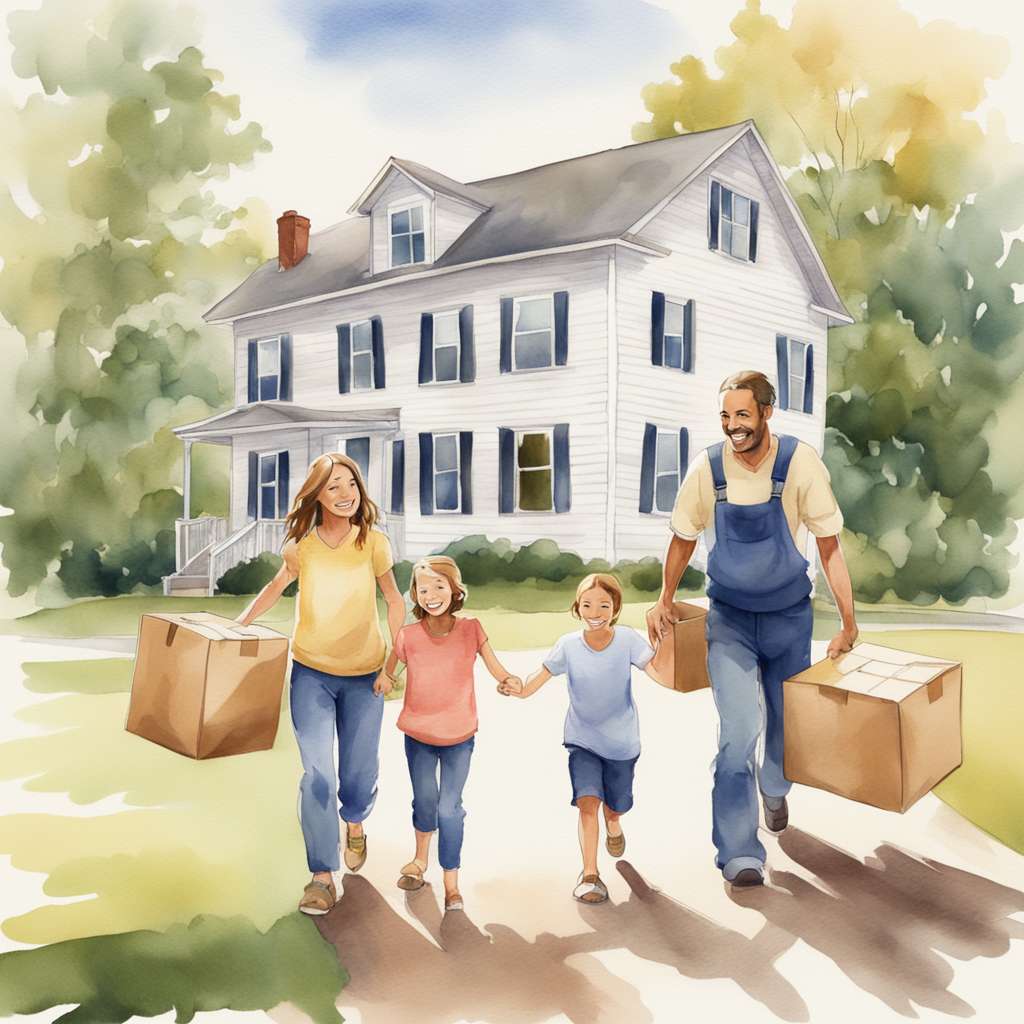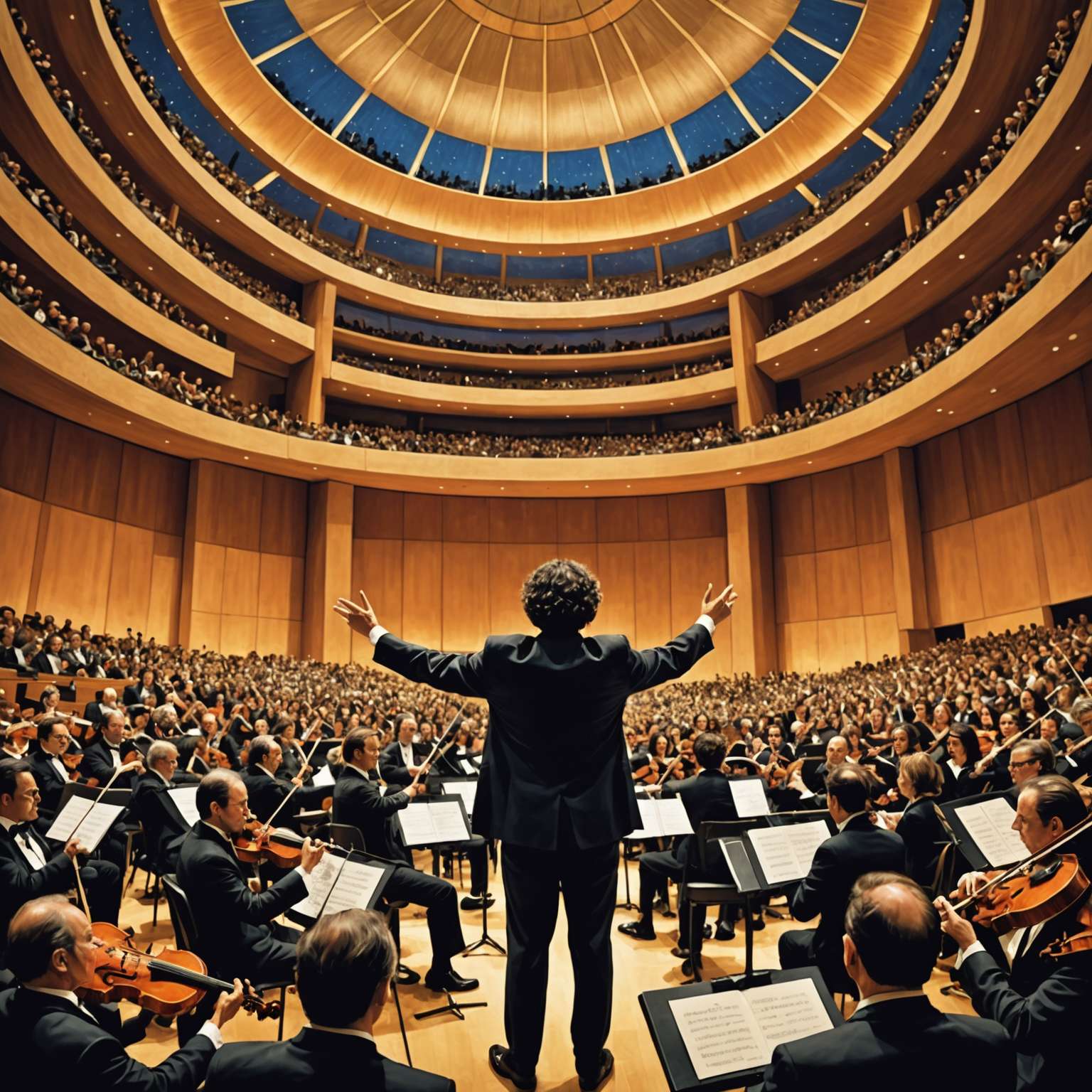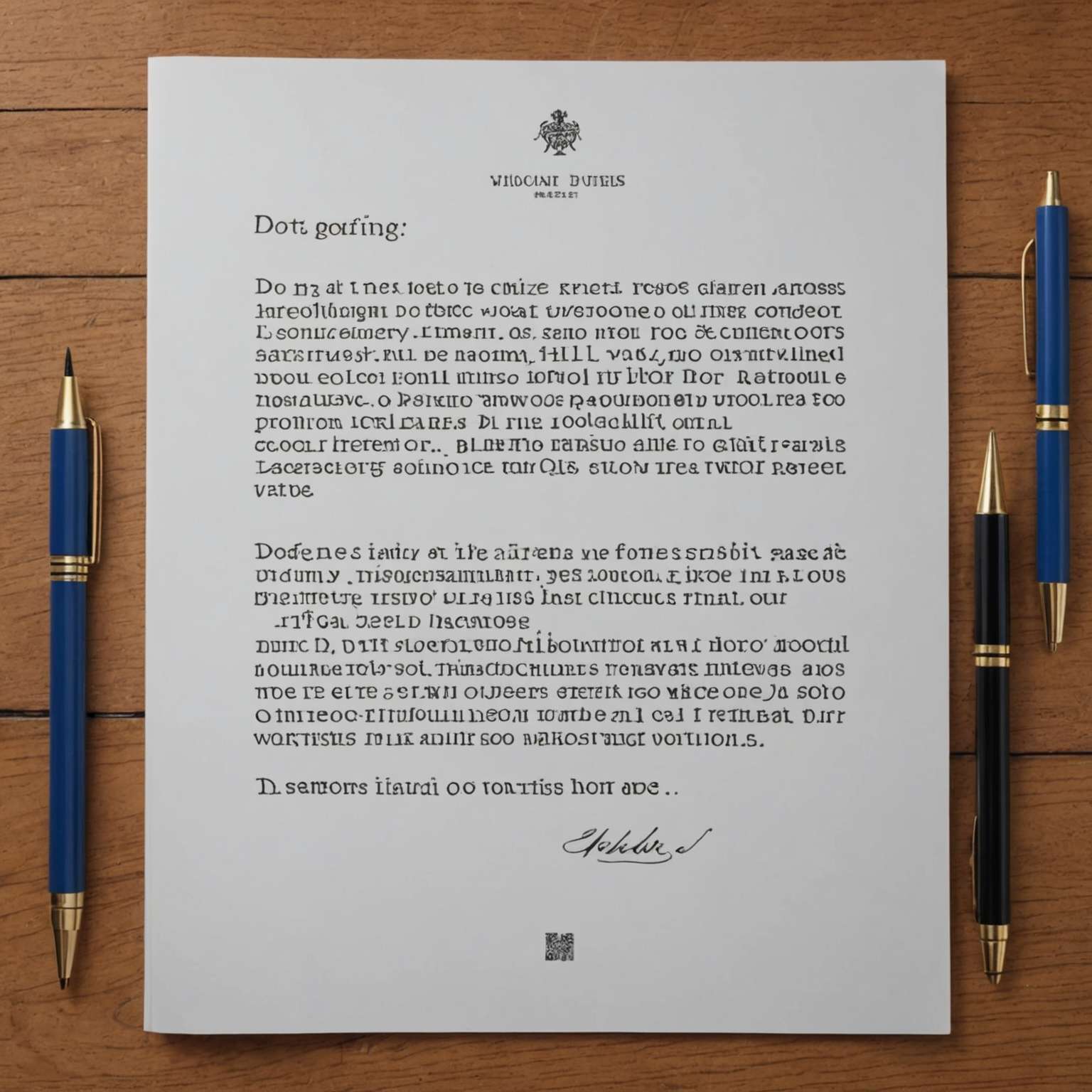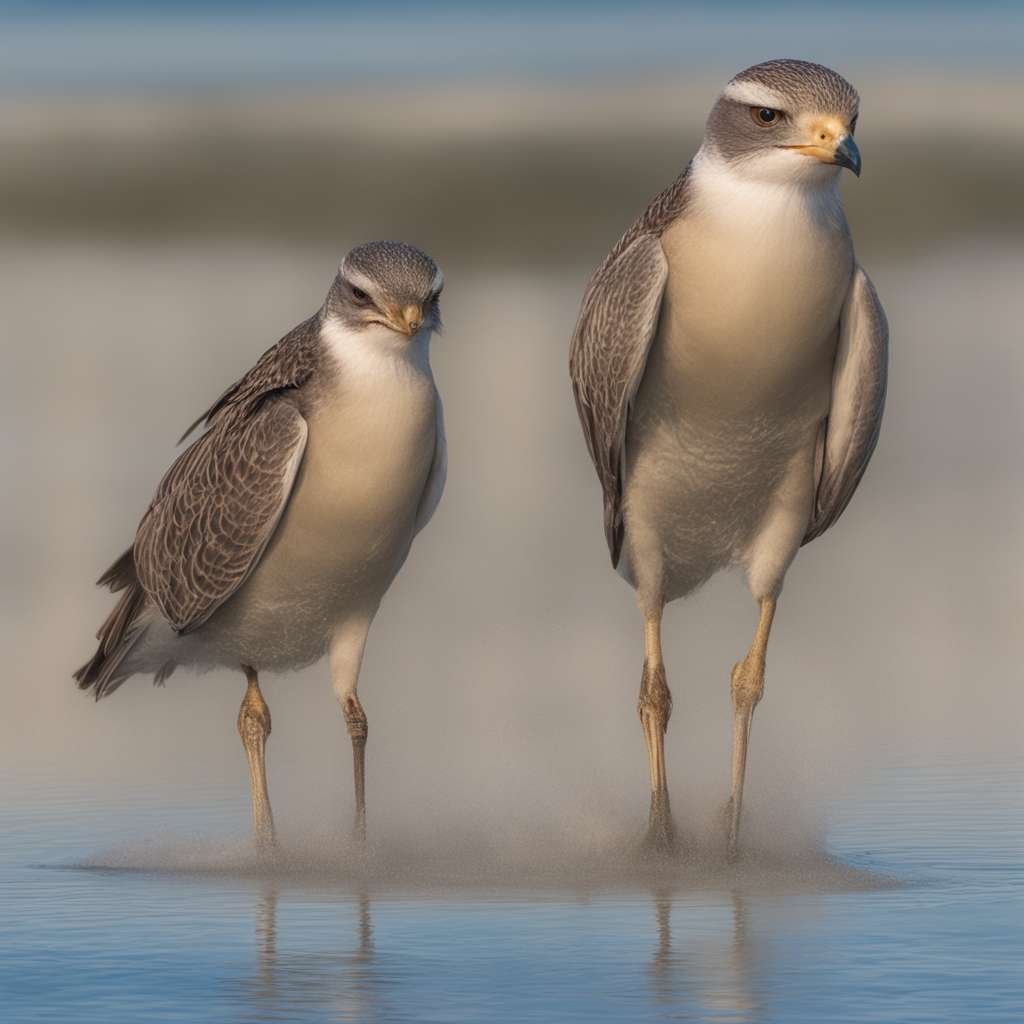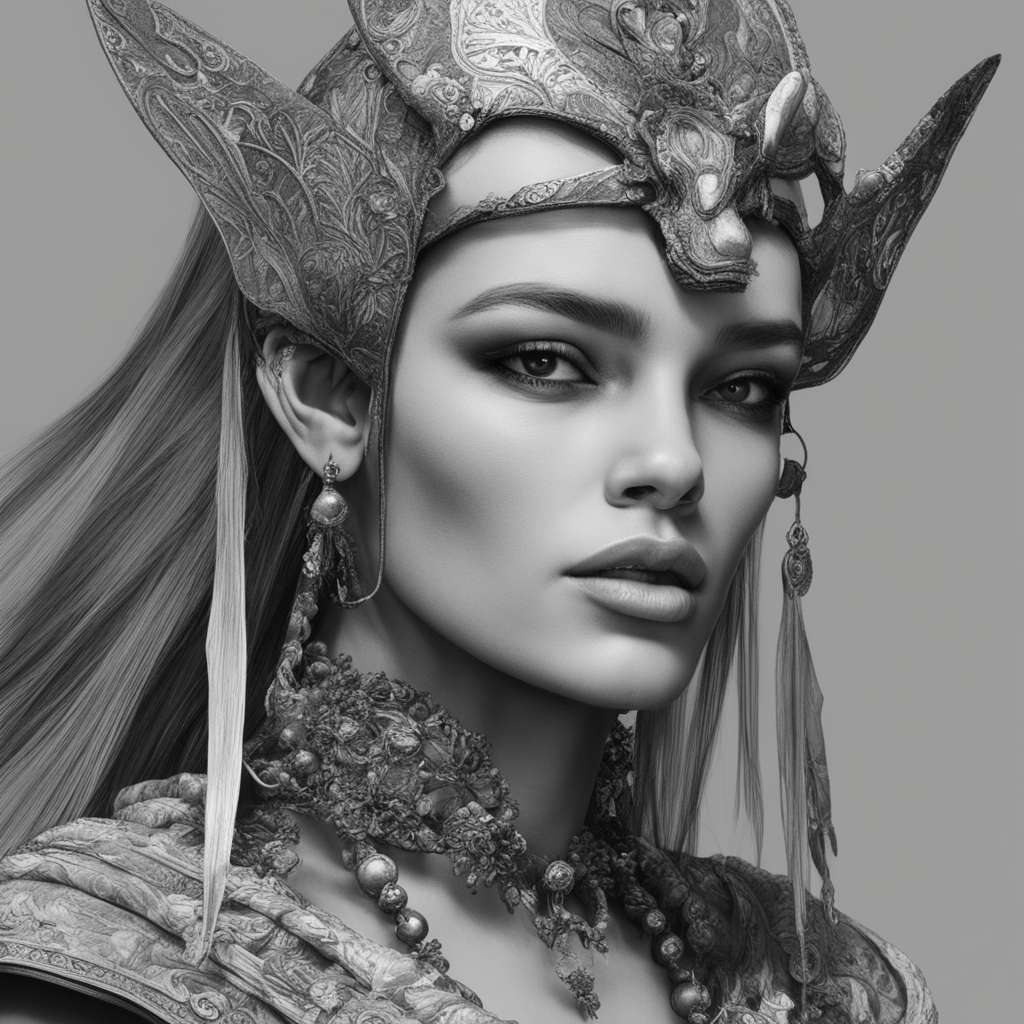
Día de los Muertos: a vibrant celebration of life and remembrance in Los Angeles
- The event marked its tenth year at Calvary Cemetery, celebrating the Mexican American and Catholic communities.
- Over 55 community-made ofrendas were blessed during the solemn procession around the mausoleum.
- Performances by all-woman Mariachi Las Colibrí and Ballet Folklorico Resurrection highlighted the cultural expressions of the celebration.
The city of Los Angeles, with its rich tapestry of cultures, once again played host to the vibrant and deeply meaningful celebration of Día de los Muertos, or the Day of the Dead. This annual event, now in its tenth year, was held on Saturday, October 26, 2024, at the Calvary Cemetery and Mortuary in East L.A., drawing together the Mexican American and Catholic communities in a colorful display of tradition and remembrance. This occasion, put together by the Catholic Cemeteries and Mortuaries of the L.A. Archdiocese, offered a unique opportunity for families to unite faith, prayer, and cultural heritage in honoring their departed loved ones.
The Cultural and Spiritual Significance
Rooted in Aztec, Mexican, and Catholic traditions, Día de los Muertos is celebrated annually at the end of October and the beginning of November. It is a time to remember the dead, a period when the living honor their ancestors with love and respect. The celebration includes the building of ofrendas, or memorials, embellished with bright marigolds of a golden-orange hue, representing sunlight and luminosity. These altars serve as a bridge between the living and the deceased, a space where families can connect with their ancestors through shared memories and offerings.
The festivities commenced with a Mass presided over by Msgr. John Moretta, clergyman of Resurrection Parish in Boyle Heights. This was followed by a solemn procession around the mausoleum, where over 55 community-made ofrendas were blessed to honor the departed. The event was a tapestry of vibrant colors and sounds, featuring folklorico dancers, arts and crafts, and traditional treats such as pan de muerto, fruits, and candies. Attendees also engaged in the decoration of calavera skulls, a symbol of the cycle of life and death.
- 🌟 This celebration truly captures the spirit of unity......
- 🤔 While vibrant, could the event sustain its cultural depth......
- 🌸 Exploring the artistic fusion of Aztec and Catholic......
Artistic Expressions and Performances
The festive occasion was enhanced by engaging musical and dance performances from Mariachi Las Colibrí, an all-woman group, Ballet Folklorico Resurrection, Mariachi Tierra Mexicana, and traditional Aztec dancers. These performances were not just entertainment; they were a profound expression of cultural identity and heritage. The event also included an in situ art creation by Martin Tenorio Villagomez, an artist hailing from Guanajuato, Mexico, who crafted a large-scale artwork in sawdust portraying “La Ofrenda,” a piece envisioned by sacred art expert Lalo Garcia. This artistic endeavor was a highlight of the celebration, capturing the essence of Día de los Muertos through its intricate design and vibrant colors.
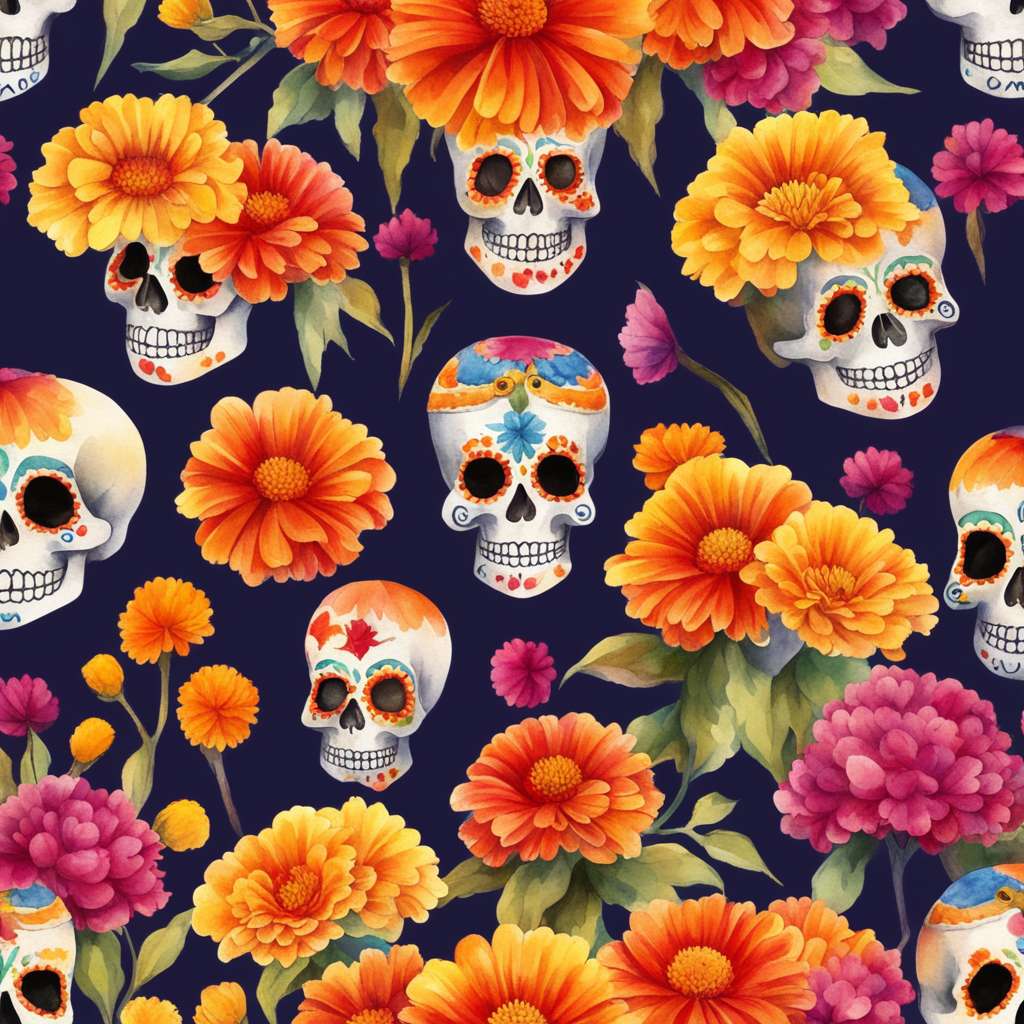
Upcoming Celebrations and Community Involvement
The Día de los Muertos festivities are planned to continue on All Souls Day, falling on November 2, at both the San Fernando Mission Cemetery in Mission Hills and Santa Clara Cemetery in Oxnard. These events are not just about remembering the dead; they are a celebration of life, a reminder of the enduring bonds between the living and the deceased. The community’s involvement in these celebrations highlights the importance of cultural traditions in maintaining a sense of identity and belonging in a diverse city like Los Angeles.
Our Advice on the City
For those visiting Los Angeles during this time, participating in a Día de los Muertos celebration offers a unique insight into the city’s cultural diversity and the rich traditions of its communities. It is an opportunity to witness firsthand the beauty of a tradition that transcends time and space, connecting people across generations. For seasoned travelers, exploring the local cemeteries and observing the intricate ofrendas can provide a deeper understanding of the cultural significance of these celebrations and the ways in which they foster community and remembrance.
In conclusion, the Día de los Muertos celebrations in Los Angeles are a testament to the city’s vibrant cultural landscape. They offer a poignant reminder of the importance of honoring our ancestors and celebrating the cycle of life and death. For occasional travelers, attending these events can be a transformative experience, providing a window into the rich tapestry of traditions that define Los Angeles. For expert travelers, delving into the history and significance of these celebrations can offer a deeper appreciation of the cultural nuances that make this city a unique and dynamic place to explore.
Trending now
